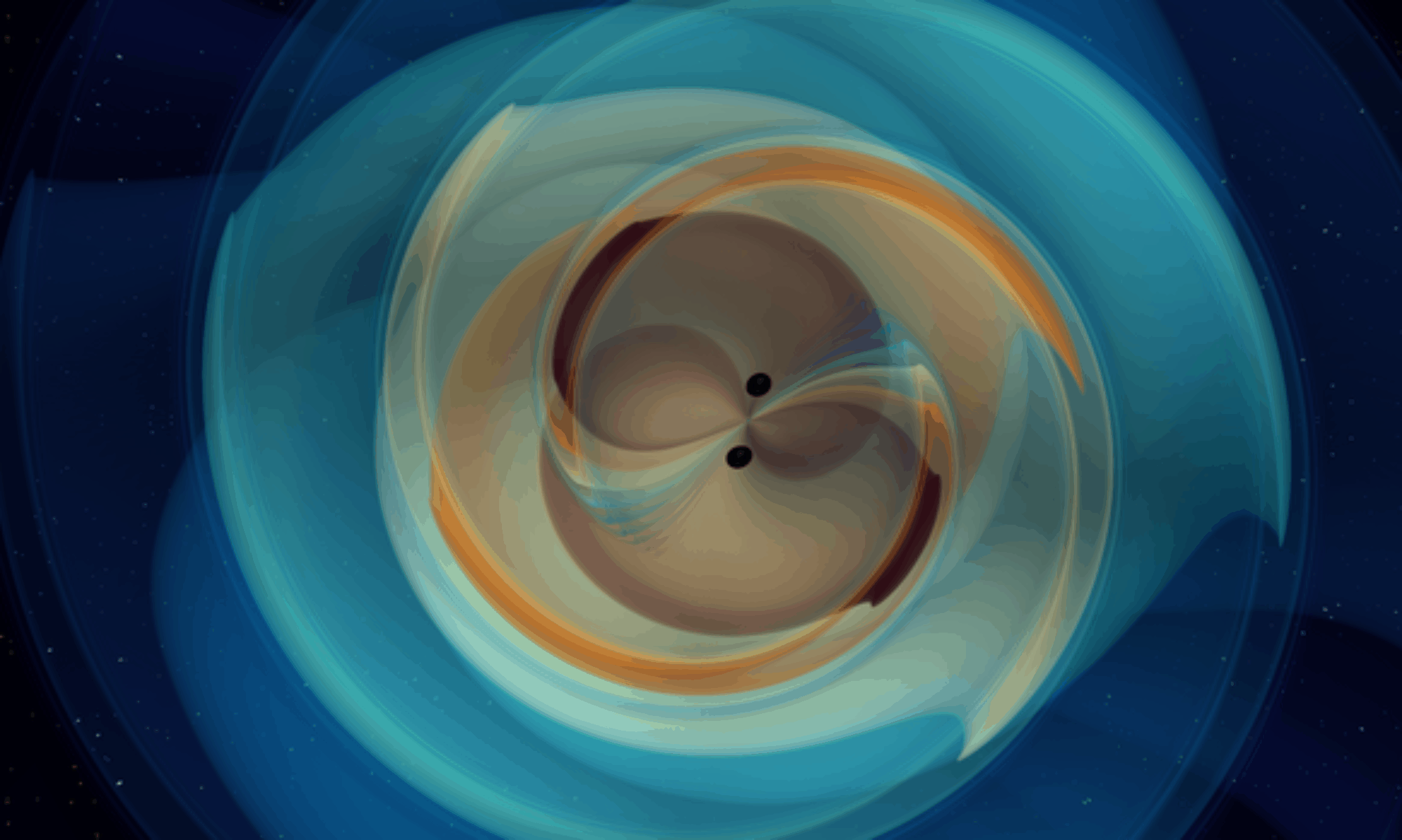Planets:
Mercury
- one revolution around Sun: 28 days
- one day: 58 d 15h 30m
- distance from Sun = 57.91 million km
- radius = 2439.7km
- size compared to earth = on third of earth
facts:
- Smallest planet in the Solar System.
- It has no Moon.
- Our weight will be 38% on Mercury when compare to earth.
- Nasa messenger is first man made satellite to reach the Mercury.
Venus
- one revolution around Sun: 225 days
- one day: 116d 10 h
- distance from Sun: 108.2 million km
- radius: 6051.8km
- size compared to earth: roughly same size as our earth
facts:
- Venus spin in opposite direction compare to other planets.
- Second brightest object in the Night Sky.
- Hottest planet in our solar system(465 degree Celsius).
- Planets are covered by Cloud of Sulfuric acid and sulfur dioxide.
Earth:
- one revolution around Sun: 365.25 days.
- one day: one rotation on its own axis.
- distance from Sun: 146 million km.
- radius: 6371km.
- natural satellite : 1 moon
facts:
- Only planet has living organisms in the known universe.
- It is densest planet in our solar system.
- Earth is 4.54 billion years old.
- Earth atmosphere is spread around 480km from the surface , while most of the thickness is within 16km from the surface .
- life of earth existed for atleast 3.5 billion years ago.
- Earth core temperature ranges from 4400 degree Celsius to 6000 degree Celsius .
- Earth magnetic field extends from core to space this saving the earth from charged particles.
Mars
- one revolution around Sun: 687 days.
- one day: 1 day 37m
- distance from Sun: 227.9million km
- radius: 3389.5km
facts:
- Mars has oceans similar to earth in previous years, due to small size it couldn’t hold atmosphere and leads to evaporation of water to the space.
- olympus mons is the largest volcano in our solar system it is 624km diameter and 25km high.
- Valles marineris is a system of canyon that runs along the martian surface . It is largest canyon in the solar system it is more than 4000km long and 200km wide and 7km depth.
Jupiter :
- one revolution around Sun: 12 years
- one day: 9h 56m
- distance from Sun: 778.5 million km
- radius: 69911km
- size compare to earth : 1300 earth can fit inside jupiter
- core temp: 24000 celsius
facts:
- It has shortest day of all planets.
- Ganymade Jupiter moon is the largest moon in the solar system.
- Juno is the man made satellite currently spinning around jupiter.
- It has 90% of Hydrogen and 10% if Helium.
- Jupiter has 67 Moons.
- Jupiter stronger magnetic field than earth it is 14 times stronger than Earth.
Saturn
- one revolution around Sun: 29 years
- one day: 10h 42m
- distance from Sun: 1.434billion km
- radius: 58232km
- size compare to earth : 764 earth can fit inside Jupiter
Facts:
- Saturn has more than 150 moons.
- Cassini is the last man made satellite visited Saturn.
- Magnetic field is weaker than Earth magnetic field.
- Its inner core reaches 11700 Celsius .
- Saturn rings in Clearing seen from telescope.
Uranus:
- one revolution around Sun: 84years
- one day: 17h 14m
- distance from Sun: 2.87billion KM
- Moons: 27
facts:
- This planet rotates 90 degree from the actual rotation.
- It has 13 faint Rings.
- Last two planets in the solar system are named as ice giants because most of the materials are like water, ammonia and methane are in deep freeze.
- core temperature is 4982 Celsius.
Neptune
- one revolution around Sun: 165years
- one day: 16h 6m
- distance from Sun: 4.495 billion km.
- Moons: 14.
Facts:
- Voyager 2 is only manmade satellite visited Neptune (1989).
- Similar to Uranus it has water, ammonia and methane in deep freeze.
- wind speed reaches 200km/hr.
- average surface temperature is -284Celsius.
Sun
- Inner Core :15 million degree celsius
- OuterCore: 5500 degree celsius
- Sun Corona : 10 million to 20 million degree celsius
- radius: 696340km
Facts:
- It is 27200 light years from the milky way galaxy.
- it spins 220km/s around the center of our galaxy.
- Sun vary in one rotation, it takes 27 days in equator and 31 days at poles.
- Sun takes 230million years to make one complete rotation around center of our galaxy.
- Due to heavy gravity hydrogen inside the sun are fused together to form helium this type of fusion is called as Nuclear Fusion.
- Most of the energy from the fusion are in the form of gamma ray photons and Neutrino this particles takes million years to reach the surface of the Sun.
- Sun current age is around 5 billion year it will continue its fusion to next 5 years. After that it will turn to Red Gaint during that time it will be so big in diameter from the current size it can easily swallow the Mercury and Venus and outer surface near to the earth.
Betelguese:
- Radius: 617.1 million km.
- It is currently on the end of the life.
- It is classified as Red Gaint.
- It is 700 Light years from Sun.
- Due to its large mass this star will be turn into Supernovae Explosion within 100000 years.
- It has 700 times more diameter than our Sun.
- Brightness in 7500 times greater than our Sun.
Sirius:
- Distance from earth : 8.611 Light years
- radius : 1.19million km
- temperature : 9667 degree Celsius
- Constellation: Canis Mayor
- It is 25 times brighter than our Sun.
Proxima Centauri
- It is the nearest Star to our solar system.
- It is just 4.24 light years from our sun.
- It is small in size compare to earth it is 0.17 % of sun.
- 0.00056 Luminous of our Sun.
- It is 1.5 times size of Jupiter.
- Unlike other planet heat transferred in physical movement of plasma instead of radioactive process. So Helium ash is not accumulated in the core it will be circulated around the surface. It will take 4 trillion years to burn its fuel.
Vega:
- It is the brightest star in Constellation Lyra.
- Its Radius is 1.6432 million km and Temperature around 9602K.
- It is 25 light years from sun.
- 1/10 age of the sun but it is 2.1% more massive than our sun.
- It is 40 times more luminous than our sun.
- Due to large mass and size the total span of star is Just 1 billion years.
Rigel:
- It is Brightest star in Orion constellation.
- The star is 870 light years from the Sun and 47000 times more luminous than our sun.

